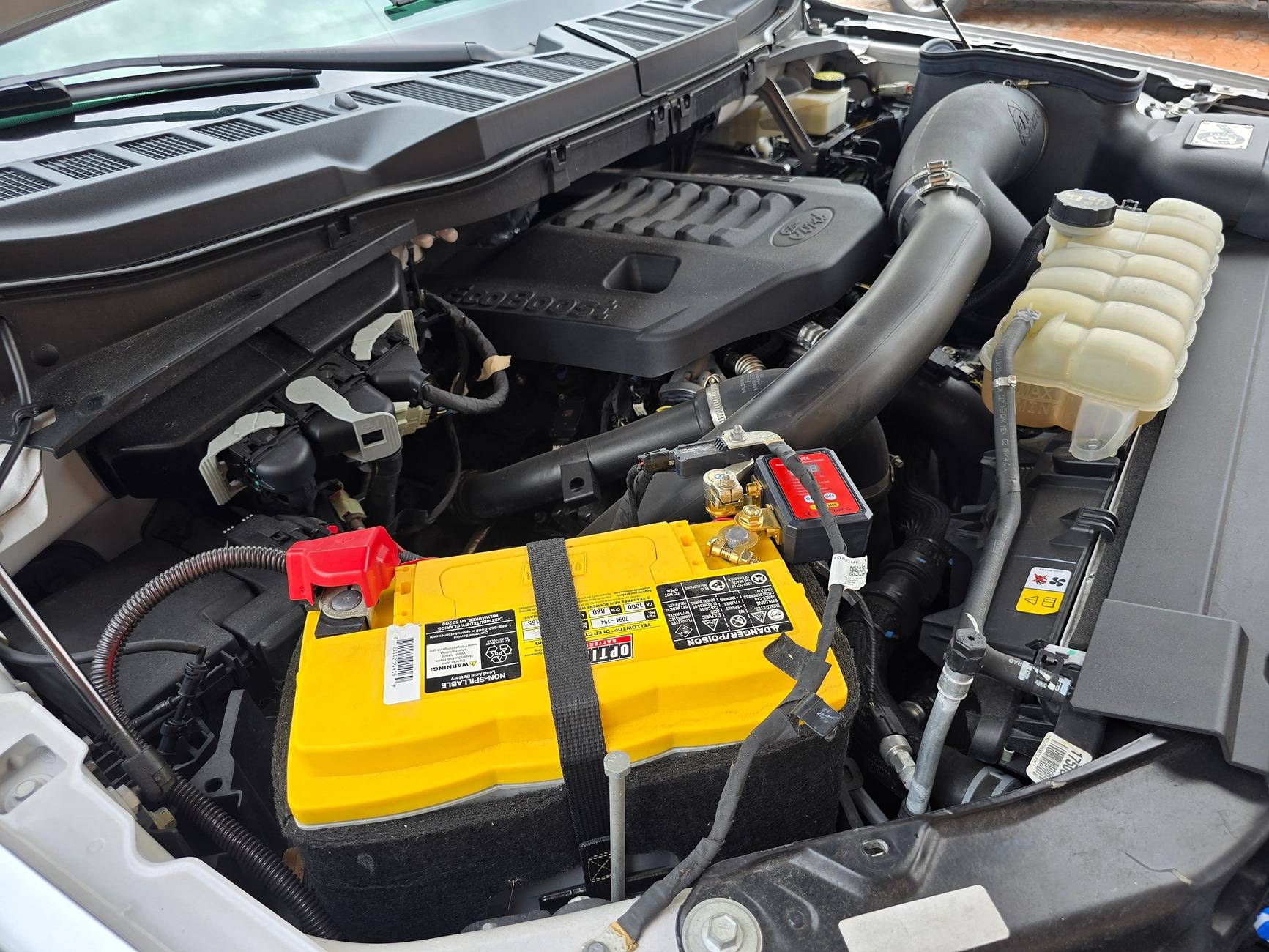USA414
Member
Thankfully I was able to get these issues sorted, so I wanted to take a moment and thank @rugedraw @ChrisCon and @Gimme_my_MME for their support.Well, this is a really tough first post here, but it seems I may be in a situation where my IPMA might be bricked and am now in need of a service appointment.
Short story on this one is, I was in the process of updating modules back on 9/27 via FDRS and the application crashed on the laptop I was using towards the end of the update, and was therefor never able to push/check final configurations, or collect any data from the module/update and report back. Since that point, my power steering has been finicky, truck has been acting strange (chimes/noises), and after today's round of troubleshooting, I now have a front camera fault, service required message.
Slightly longer version is I performed several other updates without issue before attempting to update the IPMA with two Clore PL2320's, and had no issues with voltage drop until almost half way through the IPMA update where at points it hit the low to mid 9 voltage range. Not sure if this is what made FDRS crash, or simply coincidental.
Fast forward to today, I purchased a more substantial power supply (75 amps) for programming, got a newer/more capable laptop for FDRS, and attempted to perform a PMI on the IPMA which just resulted in a bunch of errors, and now a front camera fault, service required message.
VIN is 1FT6W1EV3NWG02334 for anyone with FDRS who can see the vehicle history/logs.
I've tried just about IPMA related configuration option in FDRS, resetting the the truck by disconnecting 12v power for 30 mins, rebooted the IPMA module in FORScan three times, scanned and reset codes multiple times in FDRS, but still cannot perform a PMI on the IPMA.
Anytime I do, I receive an initial message stating, "The module configuration has failed, Would you like to retry?" followed by "Procedure Unsuccessful - WriteDirectConfig, Exception writing configuration to module" leaving me completely stumped and feeling like I am out of options other than it needing to be seen by the dealer.
Thanks in advance!
In addition, there were some important lessons learned on my end which I thought I'd share here:
- Having a capable power supply is essential for larger updates (2x Clore PL2320's won't cut it for larger, more power intensive updates)
- Either something in FDRS or the module update process has changed since I first started down this road in the middle of 2023 with my original FDRS laptop, where you should make sure you have a capable FDRS laptop as defined by Ford.
- Set aside enough time to complete these updates. Over the past week or so, I've created a OneNote notebook for myself which has a preprogramming checklist in terms of installing FDRS laptop preparation, power supply prep and voltage calibration, and in vehicle setup before I start. I've also taken notes on which modules require a flash drive, which take longer to install, those that are more power intensive (which strain the 12v system), and lastly tried to canvas this forum as well as the Mach E forum to ensure specific updates are done in a particular order.
Sponsored



